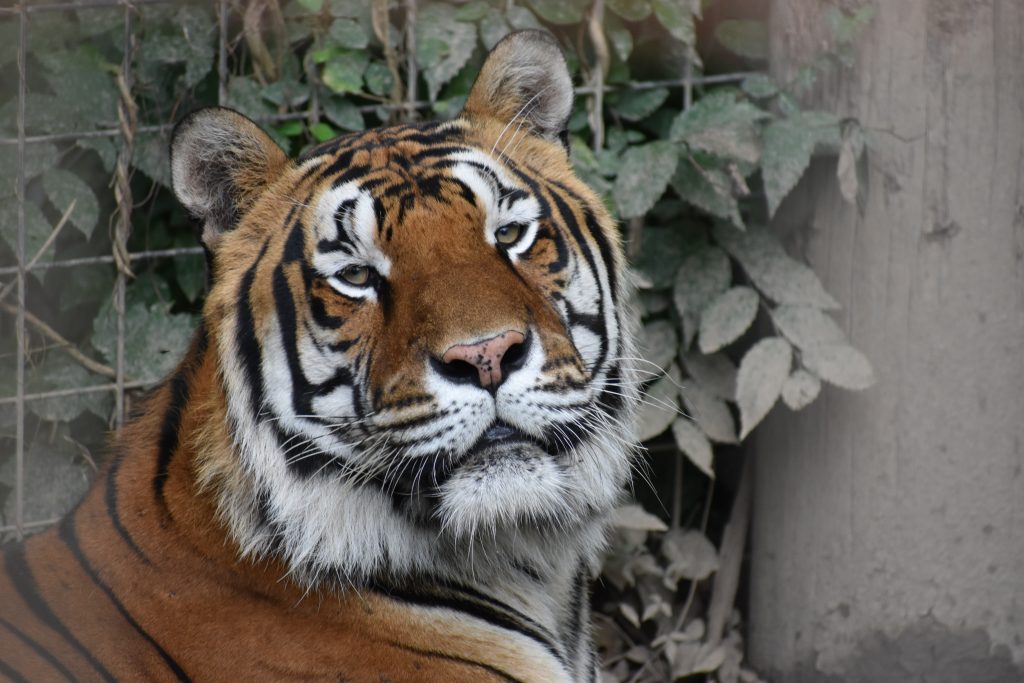Exotic animal ownership is an increasingly controversial subject. As more individuals choose to keep wild species as pets, the question arises: do exotic animal owners really abuse their animals? To unpack this complex issue, it is essential to examine various dimensions, including psychological motivations for ownership, the distinction between enthusiasts and exploiters, the legality of ownership, and the implications of neglect and abuse.
At the crux of this discourse lies the psychological allure of owning exotic animals. Many individuals are drawn to the idea of possessing a creature that embodies the wild—a symbol of power, beauty, and freedom. This fascination often stems from deep-seated desires for companionship, status, or even a misguided sense of stewardship. However, this emotional connection can lead to conflict; the very attributes that make these animals appealing also contribute to their challenges as captive beings. Owners may overlook the immense responsibilities that accompany such ownership, creating an environment where the animals’ basic needs are inadequately met.
Understanding the motivations behind exotic animal ownership is critical to this discussion. Some owners genuinely care for their animals; they provide them with appropriate habitats, nutrition, and veterinary care. These enthusiasts often advocate for their species and work tirelessly to educate others on proper care and conservation efforts. However, on the opposite end of the spectrum are those who exploit these animals, treating them as mere commodities. This exploitation can manifest in various forms, ranging from inadequate living conditions and improper nutrition to outright cruelty and neglect.
Legality plays a significant role in defining the scope of exotic animal ownership. In many jurisdictions, laws regulating the ownership of exotic species range from highly restrictive to virtually nonexistent. This inconsistency allows individuals with minimal knowledge or experience to acquire wild animals legally, often leading to poor care practices. The animal welfare implications are profound; when laws fail to protect animals from exploitative owners, the neglect and abuse that ensue can be egregious. While some owners ascend to their roles as responsible caregivers, the lack of stringent regulations means that many others simply do not.
In exploring the abuse that can occur within the realm of exotic animal ownership, it is vital to highlight the spectrum of neglect. While overt acts of violence may be easy to identify and condemn, neglect can be far more insidious. Indications of abuse may be subtle and often go unnoticed until they escalate. Starvation, lack of medical attention, and inadequate socialization can severely impair an animal’s well-being, leading to devastating outcomes. Failing to provide species-appropriate environments can exacerbate the mental distress of these animals, causing psychological harm that can manifest in aggression, self-harm, or repetitive behaviors—an aspect of neglect often dismissed by casual observers.
The impact of social media cannot be overlooked in this dialogue. With the rise of Instagram and TikTok, the phenomenon of showcasing exotic animals has gained traction, often glorifying the act of ownership. While it can increase awareness and interest in wildlife conservation, it can also propagate harmful ideologies. The notion of exotic pets as mere props undermines the intricate needs of these creatures. In some cases, influencers promote exotic animals without educating their audiences about the responsibilities that accompany such ownership, inadvertently normalizing practices that can lead to abuse and neglect.
Another crucial element to consider is the role of sanctuaries and rescue organizations. These entities often serve as the last bastion for abused or neglected exotic animals. They exemplify the contrasting values within the exotic animal community. While some individuals perpetuate cycles of abuse, sanctuaries strive to lend a hand, seeking to rehabilitate neglected wildlife and educate the public. The work done by these organizations underscores the ethical dilemmas inherent in exotic animal ownership; the necessity of accountability rests heavily upon both owners and society at large to recognize when behavior crosses into abuse.
Furthermore, the global wildlife trade must be scrutinized alongside individual ownership. The illegal trafficking of exotic animals contributes to widespread abuse and is driven by market demand. Captured in the wild, these animals often face atrocious conditions during transport and are typically sold without consideration of their welfare. This commercial aspect amplifies the urgency of the conversation around ownership—while not all owners directly engage in such practices, their choices contribute to a larger system in which abuse and exploitation thrive.
In conclusion, the inquiry into whether exotic animal owners genuinely abuse their animals cannot yield a simple answer. Instead, it reveals a nuanced spectrum of behaviors and motivations. Passionate caretakers exist alongside exploitative owners; the legal landscape is flawed, and social media complicates the narrative. As advocates for animal welfare, it is essential to promote responsible ownership and educate potential owners about the obligations and realities of keeping exotic animals. Only through awareness, regulation, and community engagement can we mitigate instances of abuse and foster an ethical relationship between humans and the wild species that share our planet.










